
|
|
|
|
|
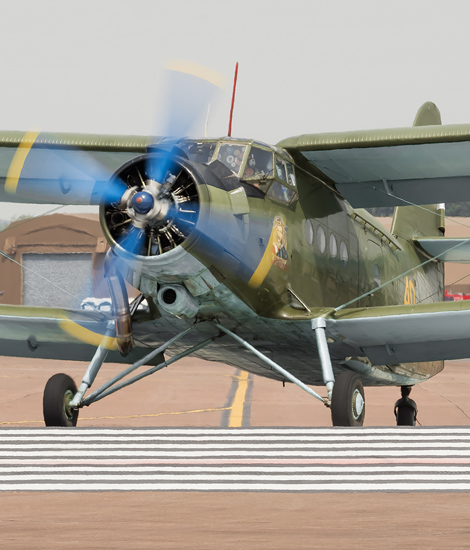
|
Airbourne Early Warning; RAF Fairford, July 21 - 22, 2013
The Royal International Air Tattoo, part 2; Text and Photograph's by Alex van Noye
Modern AEW aircraft have become a powerful weapon when it comes to obtaining crucial information about targets and movements during a conflict. The development of AEW aircraft was started during the Second World War when the first radar systems were built into aircraft, nowadays they have become indispensable.
The history of the Airborne Early Warning (AEW) systems was started during the Second World War. The British were using the first primitive radar systems; the first radar was placed in an aircraft during the Second World War. These aircraft were used during the so-called Controlled Air Interceptions. The aircraft were deployed to inter- cept the German Focke-Wulf FW200 Condor, because these aircraft were a threat to the British battle ships at sea. The first aircraft which was equipped with radar was a Vickers Wellington bomber. The aircraft was initially used to shoot down enemy aircraft, but soon it was also used to detect ships. Later, the Wellington bomber was also used to guide the Bristol Beaufighter to detect the Heinkel 111 bombers at night time and to intercept V-1 rockets which were launched from German areas. In February 1944, the United States Navy started with the development of an airborne radar system which was developed under the name project Cadillac. A prototype of this radar system was built into an Avanger torpedo bomber. The tests were success- ful, because the aircraft was able to detect low flying formations up to 100 miles away. Based on these experiments, the TBM-3W became the first AEW (Airborne Early Warning) aircraft in the world. The TBM-3Ws were equipped with an AN/APS-20 radar and became operational in March 1945. A total of over 36 of these aircraft were delivered to the United States Navy. The aircraft could be used from the aircraft carriers and was therefore an important aircraft for getting AEW information.
From 1958 the USSR started the development of its own AEW system. The Russian Tupolev design bureau was instructed to develop an AEW system which could be used in the Tu-95 and Tu-116. Finally, the decision was made to build the Tu-114, because the other planes were too narrow for this system. The final result was the Tu-26 which was used by the Russian VVS until 1984. The TBM-3W of U.S. Navy was outdated in the late 50s and the aircraft needed to be replaced. In addition to these aircraft the
|
|
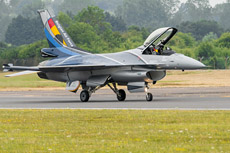
|
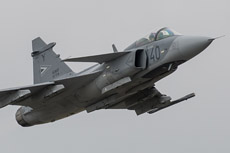
|
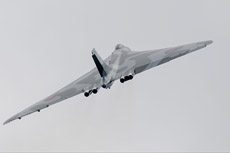
|
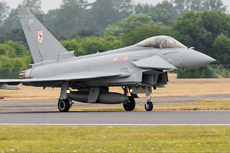
|
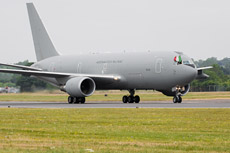
|
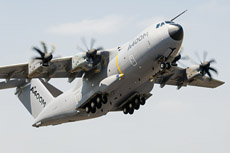
|

|
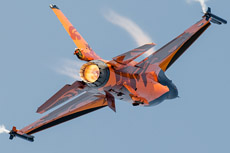
|
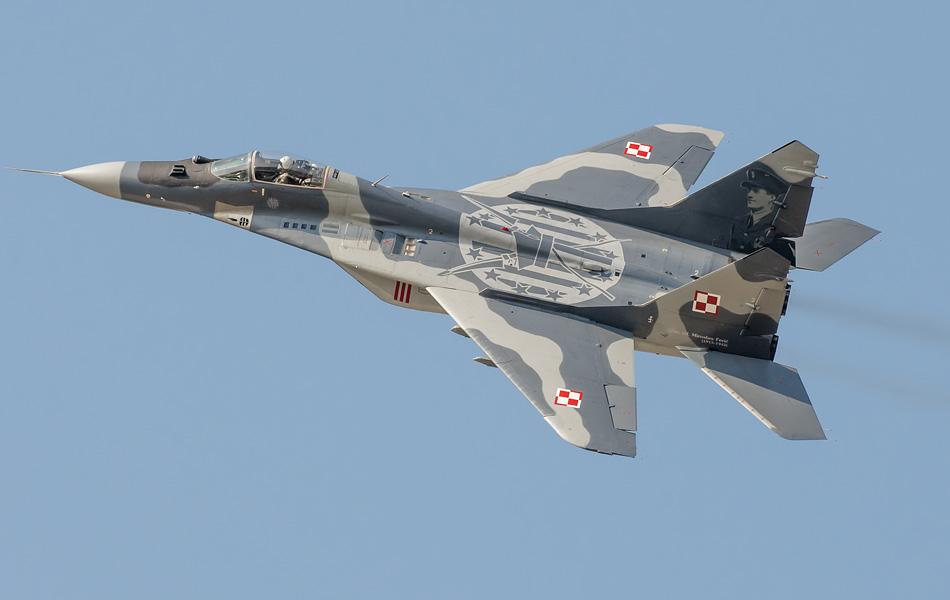
|
U.S. Navy used also the Grumman E-1 Tracer, but these aircraft were also outdated. The U.S. government decided Grumman had to develop a successor for both planes. The answer came in the form of the Grumman E-2 Hawkeye in 1960. This aircraft was specifically designed for the AEW mission and had some specific characteristics. This aircraft was the first aircraft which had a big rotating radar on top of its fuselage. The E-2 Hawkeye could operate from aircraft carriers and was therefore suitable for worldwide usage. The E-2 Hawkeye is nowadays still operational in several countries in the world and has been modernized over the years into an efficient radar platform. A Hawkeye is constantly in the air for the protection of ships in the modern American fleet. With the help of the Hawkeye, ships and aircraft can be detected up to a distance of 400 miles. The Hawkeye is through the years evolved into an indispensable tool in the U.S. Navy and plays a key role in the protection of the carrier fleet.
In addition to the E-2 Hawkeye, the U.S. government started also the developed of the Boeing E-3 Sentry. Worldwide, there are more than 65 aircraft of this type in service. The E-3 Sentry is based on the design of the Boeing 707. The development of the Sentry began in 1963 when it became clear there was a need for an early warning aircraft with more capacity. After a long test phase the production of the first aircraft was started in 1975. The Sentry would enter service in the air forces of the United States, the United Kingdom, France, Saudi Arabia and the NATO partners in Europe. The aircraft is recognized by its huge radar dish on the top of the fuselage. The four engines of the Sentry contain generators which generate enough electricity for all the onboard systems. The AWACS has a range of 400km to detect low flying targets with all these electronic radar systems and its pulse-Doppler radar. For targets at high and medium altitude, the radar has an effective range of more than 650km. The E-3 has become an indispensable tool for the NATO partners and in many conflicts AWACS plays a key role in controlling the airspace. For the Japanese air force, the E -3 technology was built into a smaller Boeing 767 which is a lot more modern compared to the Boeing 707. The Russian response to the E-3 came in 1984 when the Beriev A-50 "Mainstay" entered service. The A-50 would replace the outdated Tu-126 in the Soviet Union. The Mainstay is built on the frame of the Il-76 "Candid" transport aircraft. The Russian Air Force has today 40 of these aircraft in service to monitor the country.
Besides the AEW aircraft, the British Navy also depends on helicopters for this task on board of their carriers. The British aircraft carriers are small and could not launch Hawkeye aircraft because they do not have a catapult. The British Royal Navy doesn’t have this capacity anymore since the phase out of their last big aircraft carriers. The need for good AEW aircraft became painfully obvious when the Royal Navy lost several ships during the Falklands War in the 80s. In response to this question, two Sea King HAS2 helicopters were converted to Sea-King AEW in 1982. The helicopters received the Thorn-EMI ARI 5930/3 Searchwater radar which was mounted on the side of the helicopter. The radar can be lowered during the flight and is protected by an inflatable dome. After these successful flights, the number of Sea-King AEW helicopters was brought to a total of 13 helicopters. The Sea-King AEW is the only AEW helicopter in the world and is still operational today. The helicopters will remain in service as long as the ships of the Invincible class will stay in operation. Besides the large AEW aircraft, there are also a number of smaller aircraft in service with various air forces. The Greek Air Force is for example equipped with the Embraer EMB145H AEW. These aircraft are identified by the large bar on top of the fuselage. The Brazilian Air Force flies with these aircraft too. In a modern war scenario AEW aircraft play a vital role; they are decisive for the success during the air war phase of a conflict.
|
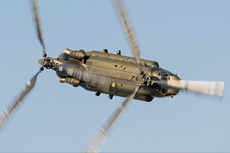
|
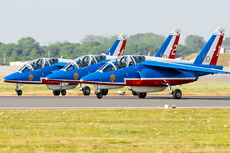
|
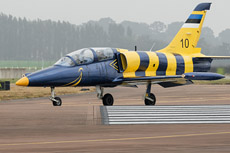
|
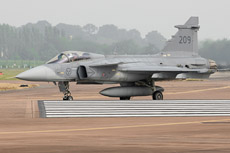
|
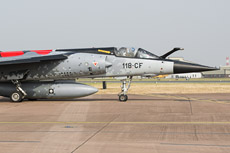
|

|

|
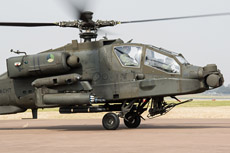
|
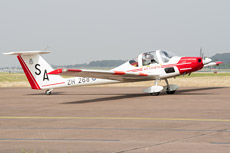
|
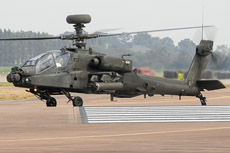
|
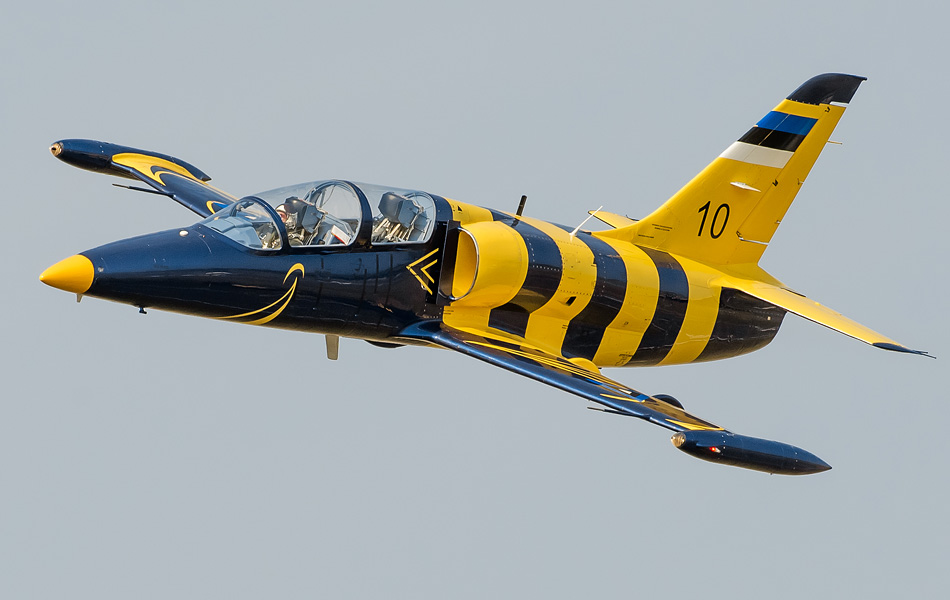
|
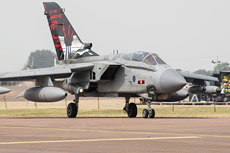
|
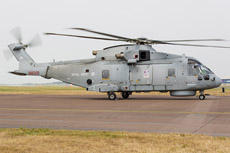
|
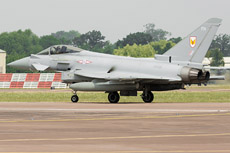
|
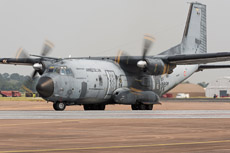
|
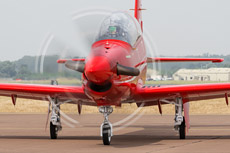
|
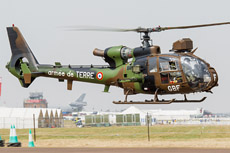
|
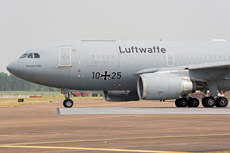
|
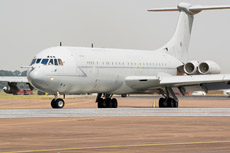
|
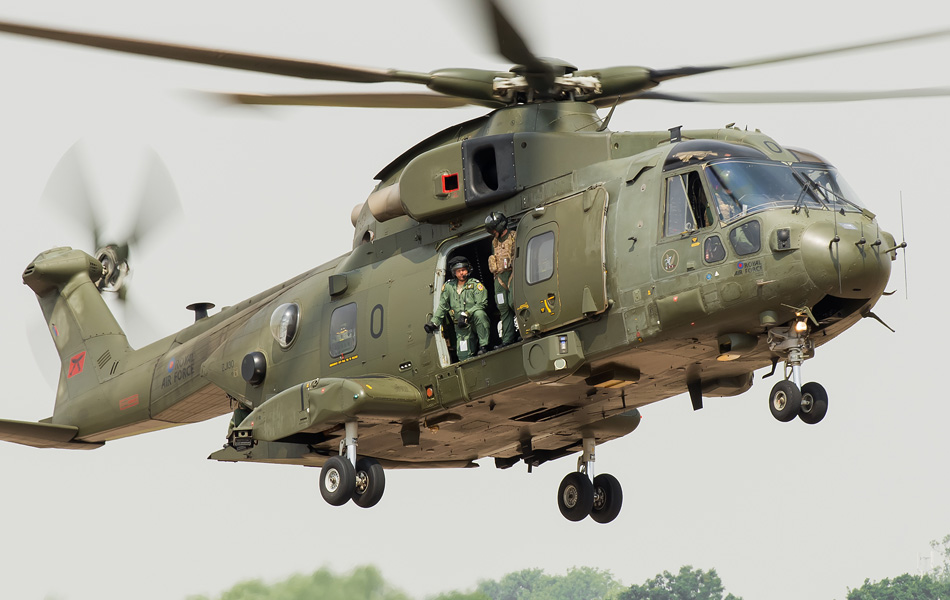
|
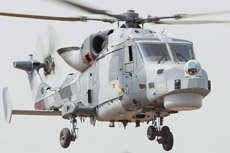
|
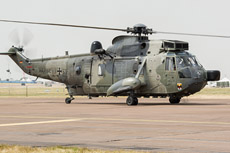
|

|
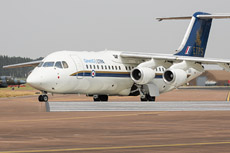
|
|
|

|







